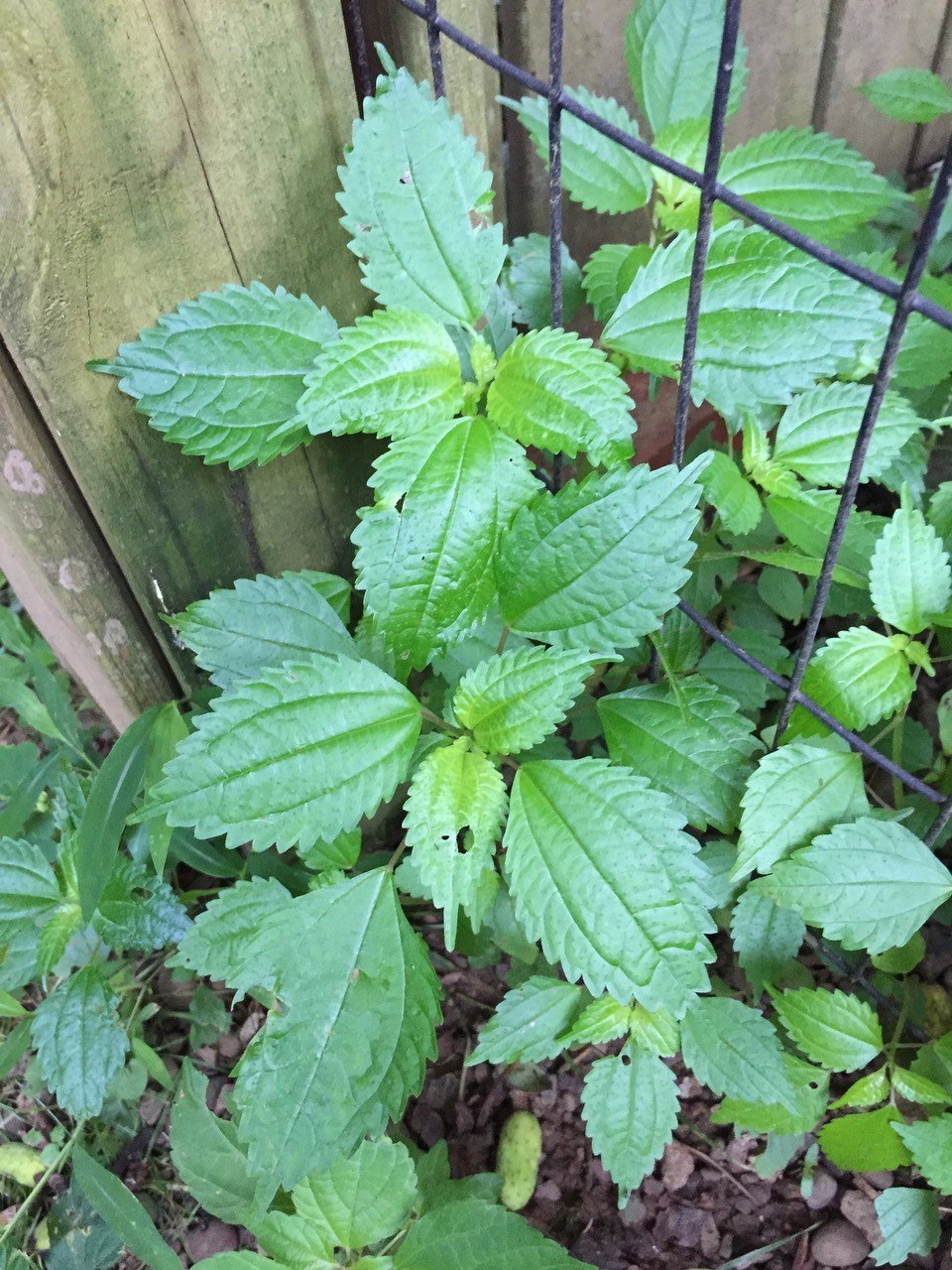Posted: June 24, 2021
By definition, an unwanted plant in the garden is a “weed” to gardeners, but it should be remembered that there are certain native plants we call “weeds” that may have an ecological role that makes them valuable to some wildlife in the area.

Clearweed, Photo: Barb Ryan
One such plant is clearweed, Pilea pumila. This common native plant can be found in shaded or semi-shaded somewhat moist areas of the garden or often "hidden" among taller plants. It's easy to pull, and is often considered a bothersome weed since it tends to grow in colonies and is a widespread invader of garden beds! It is not, however, listed in Weeds of the Northeast by Uva, Neal, and DiTomaso or several other weed identification manuals. I recently discovered its identity on a website devoted to Illinois wildflowers.
Clearweed is an annual member of the Nettle family but does not have stinging hairs like stinging nettle. Its leaves are toothed and shiny, and its stem translucent. The leaves have very long petioles. The small flowers are nondescript, wind-pollinated, and either male or female. Both sexes may be on the same plant or separate plants. The flowers are greenish-white with no petals and found in clusters originating from the axils of upper leaves. Flowering time is midsummer to fall.
Caterpillars of several butterflies including the Milbert's Tortoiseshell, Comma, Red Admiral, and Question Mark feed on the leaves, and these plants are hosts to an aphid and a leafhopper as well. So is it a weed or a valuable wildflower?
"What is a weed? A plant whose virtues have not yet been discovered." Ralph Waldo Emerson
Barbara Ryan, Lehigh and Northampton County Master Gardener

